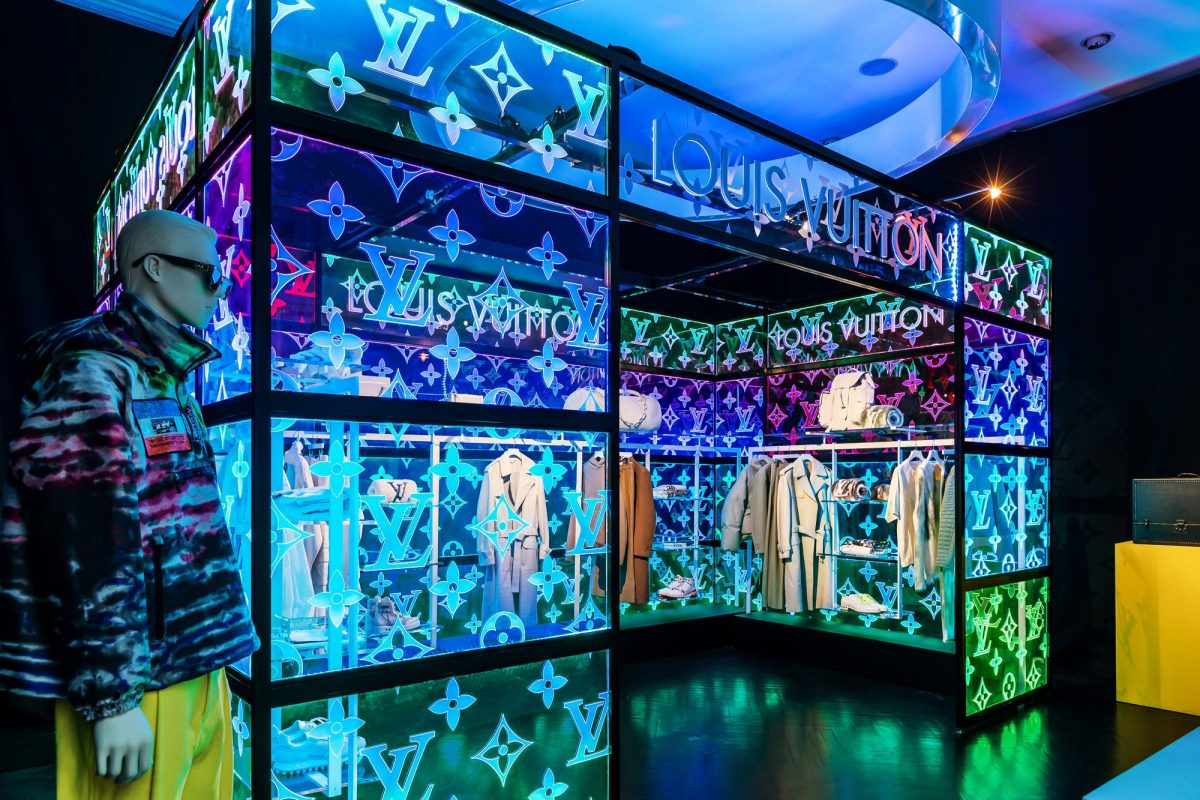Shopping for new clothes or cosmetics will never be the same. As e-commerce sales soar and consumer expectations rise, challenging brick-and-mortar stores to keep up, leading brands are rethinking the way they sell their products by breathing new life into a well-known and used concept: the pop-up.
“Pop-up” describes a temporary store in an unused space or location where the retailer has yet to establish a presence, that is traditionally operated on a seasonal basis. The concept may not be new, but pop-up stores are helping brands deliver new experiences to forge deeper bonds with consumers and elevate brand perception.
Where fashion and beauty are concerned, pop-up stores are driving industry-wide transformation in three key ways:
- reimagining the brand-consumer connection;
- allowing retailers to explore new ideas, products and locations faster and cheaper, and
- helping brands identify new patterns in consumer behavior.
A new brand-consumer relationship
Destination shopping is over. Today’s consumers want to discover brands easily and seamlessly. What better way to do that than open up a pop-up on their regular route to work? Or in an area they frequent on the weekend?
Pop-ups, as the name suggests, often appear at unexpected locations — hotels, stations, even office spaces — giving brands the opportunity to surprise and delight customers without making them go out of their way to do so. The ease of access, excitement and flexibility of the pop-up also helps brands forge engaging relationships with customers in an inexpensive way without relying on traditional marketing techniques.
Louis Vuitton’s recent pop-up in New York is a perfect example. The pop-up, which was coated completely in a neon lime color, gave customers physical insights into the brand’s new line of products in a way that was impossible to ignore or forget.
Crucially, the human touch and direct brand contact set pop-up experiences apart from Instagram ads. There’s nothing like touching the fabric or tasting a new flavor for consumer to learn more about a brand. And, how about meeting the ambassador in-person and getting a selfie?
A flexible approach to growth and innovation
Pop-ups are a great way for brands to quickly trial new ideas, products and store formats. They help retailers find out which products resonate with the consumer, without the need for a major upfront investment — making them highly popular with start-ups.
Pop-ups also enable brands to expand quickly in locations that are flourishing, giving them greater ability to assess the market’s viability and gain important consumer feedback prior to investing in a permanent store. They can also be a great way to maintain contact during a store renovation or unexpected closure, avoiding the negative impacts of revenue losses or brand damage.
For instance, Rockets of Awesome, a children’s online clothing brand, has opened its first pop-up store in New York aiming to create a shared experience for parents and children. Originally a digital native, the brand plans to use this experience as a testbed for a brick-and-mortar store. “As a digitally native brand, what is engraved in your DNA is testing and learning.…And we believe strongly in bricks-and-mortar,” said Rockets of Awesome’s senior vice president of digital marketing, Scott Turner.

Rockets of Awesome found success with its pop-up shop. Courtesy image.
In turn, when they come to deciding whether or not to invest in a full-time presence in the area, they can turn to a wealth of invaluable data to support the decision. For this reason, more and more brands are turning to pop-ups to explore potential new locations before establishing a permanent presence.
A way to know customers better
Another digital native, beauty brand Glossier is using the pop-up store concept to better connect to consumers. Data from online sales showed that brow shaping products are increasingly popular, which is why the pop-up will feature an entire boutique dedicated to brows.
In practice by using innovative technologies to observe and analyze customer behavior in-store, brands can go far beyond the traditional “clipboard” approach to gathering consumer insights. To test the popularity of a new clothing range, for example, a retailer could place beacons and sensors on garments to find out what attracts the most interest and how much time consumers spend with each item.
Moreover, video analytics and heat-mapping technology can measure the traffic around a pop-up to analyze how and when people enter and interact with products. All this insight is collected in the cloud automatically, allowing retailers near-instantaneous insight into consumer behavior.
As today’s retailers must go deeper than a country-level understanding of their customers — to the regional and even zip-code level — opening a number of geo-targeted pop-ups could help them achieve the necessary granularity. By collecting and analyzing demographic data, the pop-up model enables retailers to identify different consumer types and tailor their marketing strategies accordingly.
Retailed, revolutionized
Offering engaging and immersive experiences that fit around consumers’ lives, pop-ups are revolutionizing the retail experience. While brick-and-mortar stores are losing footfall, pop-ups are giving brands the chance to win back ground, and win over new customers in the process.
There is much more to be gained, too — delighted customers spread goodwill both on and off-line, driving sales and creating new brand perceptions; a win-win for brand and customer if ever there was one.

